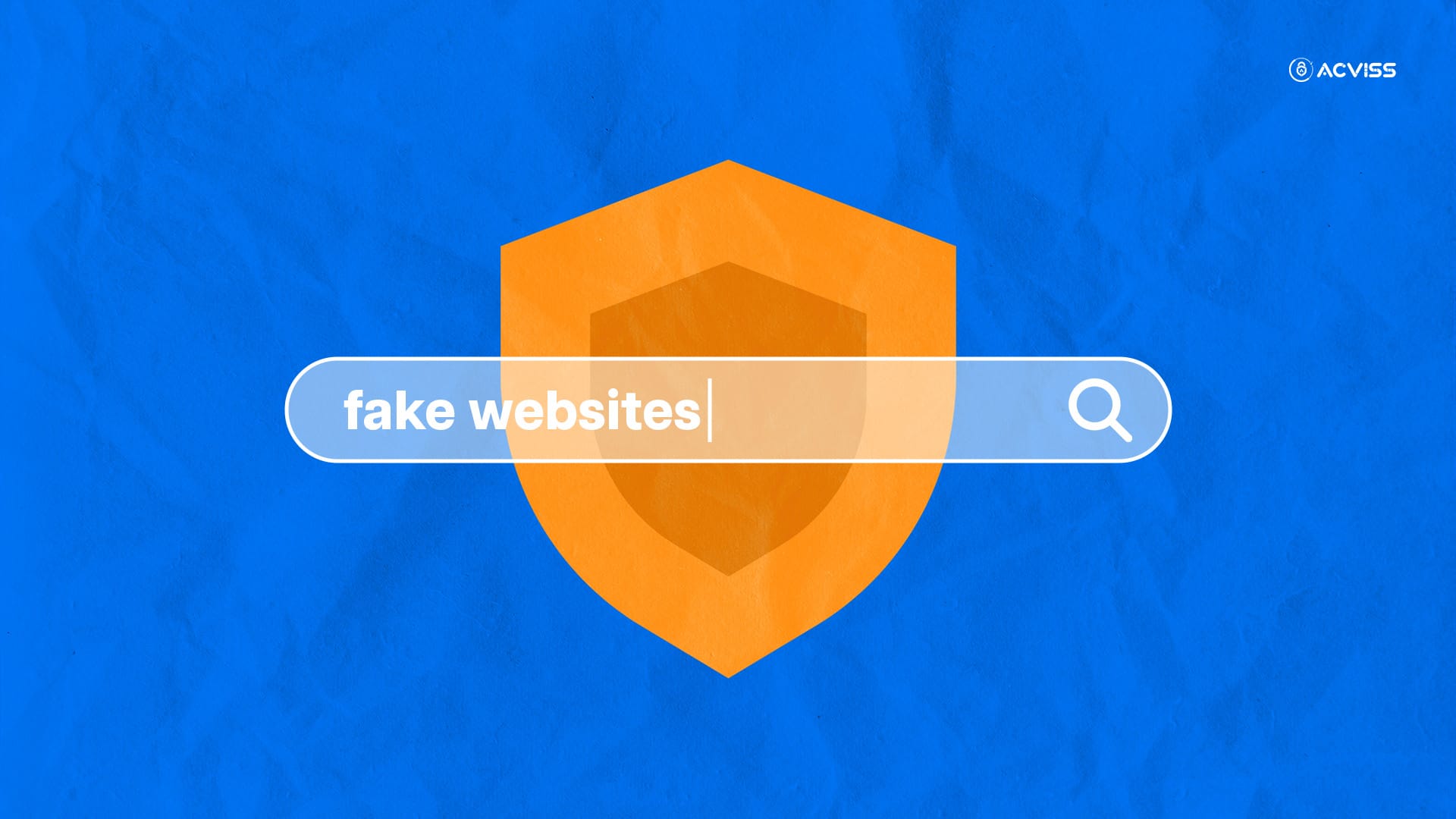How Acviss Protects Your Brand from Fake Websites

In today’s digital marketplace protecting your brand’s integrity is a critical factor to sustain the customer base and organizational growth. As cyber-crimes against brands have increased since the onset of the COVID-19 pandemic, preventing counterfeiting has become necessary to establish a strong shield for your brand. The rise in fake websites is another way to impersonate brands which attracts unsuspected customers to deceive them in various ways. Due to the far-reaching consequences of digital brand impersonation, online brand protection becomes the need of the hour to avoid damage in terms of customer relationships and product devaluation.
Why Fake Websites Are a Threat for Brand Reputation?
As more and more customers are shifting to online shopping trends, brands have become more vulnerable to various forms of abuse. In the evolving online ecosystem, fake websites and domains are designed to give the impression of authenticity and build trust to redirect users to purchasing counterfeit goods. With the illusion of legitimacy, these malicious actors mislead the customers and result in negative experiences. Hence, most of the customers may choose to abandon the brand entirely instead of judging whether the brand itself had any engagement in these fraudulent activities. As this erosion of trust can have a lasting effect, adopting anti-counterfeiting activities can be an effective strategy to monitor phishing and impersonating websites in real-time.
Different Mechanisms of Brand Impersonation
As the battle against brand impersonation is a part of cybersecurity initiatives, a comprehensive approach like constant vigilance is necessary to set up the frontline defence. But before that, a deep understanding of how digital impersonators operate is essential to strategize online brand protection against brand impersonation effectively –
- Visual Replication – An impression of authenticity is created with the use of identical logos, fonts, and colour schemes, which results in deceiving consumers.
- Manipulating Search Engine – SEO tactics are employed to make the fake sites appear before the legitimate brand’s site during the search.
- Social Engineering – Persuasive narratives like testimonials or fake reviews are crafted to build consumer trust toward fake sites.
- Fake Social Accounts – These tools are often used to drive the unsuspecting consumers toward the fake sites.
Proactive Strategies to Protect Brand Reputation

Integrating cybersecurity strategy into overall brand protection can safeguard your brands from impersonation. With several tools and services, you can implement effective online brand protection strategies to protect your brands against threats posed by fake websites and domains–
- Continuous Online Monitoring – By implementing continuous monitoring strategies, brands can regularly scan the internet to prevent the unauthorized use of brand assets, including logos and trademarks. This step will help organizations prevent phishing and impersonating websites in real-time.
- Domain Registration Monitoring – Closely watch domain registrations to identify potential fake websites before they gain traction.
- Social Media Monitoring – Brands should actively monitor their presence on social media platforms like Facebook, Instagram, and TikTok to identify fake accounts and prevent impersonating efforts to deceive customers.
- Leveraging SEO and SEM Techniques – Search Engine Optimization (SEO) and Search Engine Marketing (SEM) are effective anti-counterfeiting options to mitigate the risk of fake websites. These techniques improve the visibility of legitimate brand websites in search results and push down the rankings of fake sites to reduce the likelihood of consumer confusion.
AI in Anti-counterfeiting

Use the power of advanced AI to protect your brand reputation, safeguard consumers, and deliver real ROI for sustaining organizational growth. AI in anti-counterfeiting is a leveraged technique to tackle the largest threats first and keep track of your brand’s impact across platforms. The AI-powered solutions can automatically identify counterfeit goods and website impersonation approaches to prevent damage to consumer trust and brand reputation. By using sophisticated algorithms, AI can identify discrepancies with the analysis of product images, logos, and trademarks. Also, predictive analytics helps AI to forecast potential counterfeit activities, enhance accuracy in responding to significant threats, and minimize the risk of fake websites.
Avail the benefits of real-world applications and ensure targeted actions to combat counterfeits and protect consumers and online revenue!!
Customer Safety
Brand impersonation and the threats of fake websites not only erode customer trust but also lead to significant financial loss and damage to the brand's reputation at the same time. Trust is the foundation of organizational growth and the fight against brand impersonation and threats of fake websites can help to build long-term customer relationships. Prioritizing customer safety is a proactive approach to mitigate the risks associated with fake websites and secure the long-term success of the brand in the complex digital landscape.
ACVISS – Fights Significantly Against Brand Impersonation

Ignoring online brand abuse can severely impact organizational reputation as consumers lose their confidence in the legitimacy of the products. As lookalike domains and fake websites can tarnish the brand image and reputation, ACVISS offers a holistic approach to detect fraud on a real-time basis. TRUVISS is an automated tool to protect your brands across online marketplaces. By identifying fake sellers, duplication, and impersonation, this anti-counterfeit tool can assist brand management cost-effectively. Using AI and machine learning, TRUVISS can track malicious activities across applications, social media, e-commerce platforms, and websites or domains.
Bottom Line
Be a part of proactive strategies that will add layers of security against brand impersonation and threats posed by fake websites. In the evolving digital landscape, leveraging advanced technologies will not only safeguard your brands against fraudulent activities but also ensure sustainable growth with reliability and integrity. Apart from anti-counterfeiting strategies, educational awareness is necessary to help consumers recognize legitimate brands and avoid falling victim to scams like fake websites. With continuous monitoring and strengthening cybersecurity measures, a strong defence can be established against digital threats in the evolving online ecosystem.
Protect your brand’s online presence with TRUVISS. Stay ahead of emerging threats and ensure robust protection with our cutting-edge solutions. Book a demo today and safeguard your brand's identity!
